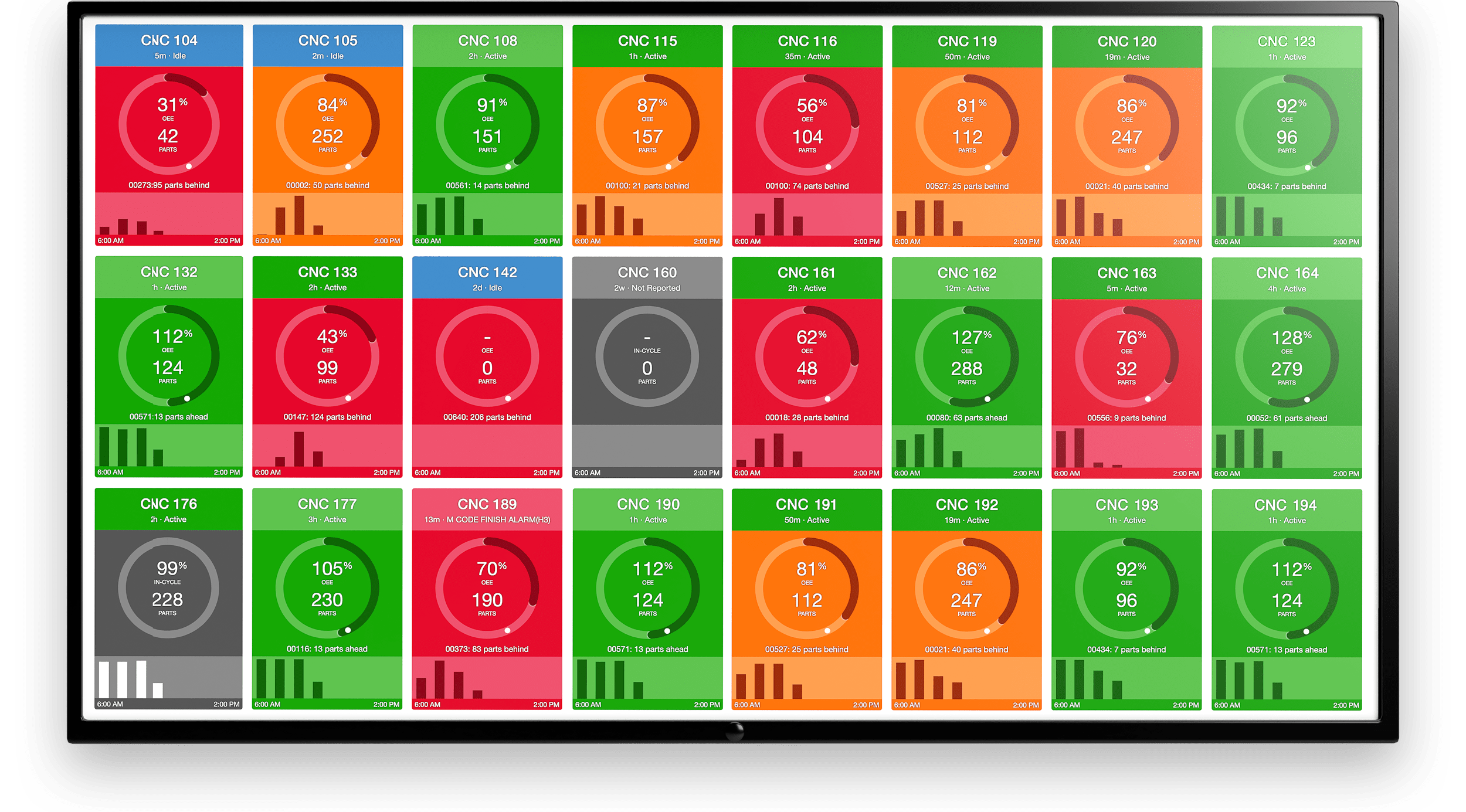Someone recently asked this question of us: “Will this pandemic bring the future sooner?”.
Rather than being absorbed by the current challenges, it is a welcome reprieve to reflect on the positive aspects related to how change has accelerated in the manufacturing space and this pace of change is certain to continue. We have heard story after story of how manufacturers have retooled to meet the demands of medical needs or how staffing has been adjusted to provide a safe environment on the factory floor. It is a true testament to the potential within the manufacturing space, not only during a crisis but also during "normal" times.
This time of year, manufacturers are used to running at 85% capacity, as the seasonal flu naturally impacts the workforce. This becomes part of the status quo and a normal adjustment for the operation for the year. Finding skilled workers also continues to be a challenge and has become yet again a normal part of the operations. However, when supply chains are cut off from overseas vendors for market needs today, there is a realization that a new season is ahead where Plan B may very likely become Plan A.
How does a manufacturer meet the demands when there are both cost pressures and a need for qualified staff? Many will turn to technology such as automation to increase the utilization of equipment and to move towards the goal of a “lights out” environment. Others may look to train up key personnel to run additional machines. However, with the addition of more complex systems will come the need for more complex troubleshooting.
The skills training matrices within organizations are a great way to assess the makeup of the team. Who are your beginner, intermediate and advanced operators or setup personnel? Oftentimes this makeup is the bottleneck for the product mix that can be delivered in any given week. Adding automation and the need for managing more cells elevates this challenge to the next level.
Many already recognize the need for upskilling the workforce. The skills gap has been the No. 1 challenge for manufacturers for the past nine quarters, according to the National Association of Manufacturers’ Outlook Survey, which found the inability to attract and retain workers has been a top concern.
Manufacturers are set to spend $26.2 billion on internal and external training initiatives for new and existing employees in 2020 to combat the shortage of available workers, according to the Manufacturing Institute.
Nearly 70% of manufacturers said they are creating or expanding training programs for their workforce. Three-quarters of respondents said upskilling workers helped to improve productivity, promotion opportunities and morale.
Want to See the Platform in Action?
But, this problem goes beyond internal training academies or mentoring programs. There is a real demand more than ever for personnel who are “creative problem solvers”. Not only are they knowledgeable of the makeup of the systems involved (automation and machine) but have the tools available for diagnosing the problem. This could include a variety of adjustments whether it is PLC programming, robotic placements, workholding or mill/lathe programming improvements.
Is additional technology a cure for this? We believe the answer is...yes! This is through access to the right data at the right time. By utilizing an Industrial IoT platform like MachineMetrics, you can connect to your machines, collect machine data, trigger workflows, and deliver context in the moment. Empowering employees to take action on the top priority magnifies the impact an individual can have and gets key systems up and running again quicker.
Remote monitoring with access to machine diagnostics has proven to be critical for managing and troubleshooting processes during this time. However, the principles still apply when in the building and on the factory floor. Personnel with access to monitor sensor data, job status and machine health across the location (or multiple locations) establish priorities more effectively. Greater access to diagnostic tools and data allows for the troubleshooting to transition from reactive to proactive measures where process changes are made to improve going forward.
Many companies are driving their change through assessing and implementing new technology with the goal of factory floor digital transformation.
It’s undeniable that the arrival of new technology for the factory floor is changing the way we engage. With this change comes new models of interaction with the assets and systems we leverage to manufacture products. Some traditional roles need to change as certain processes ceed or adapt to automation and digitization. However, the technology and its successful implementation cannot achieve value without proper management by a team of creative troubleshooters. As a result, new roles will be created.
The technology alone however, can only achieve so much.
A key initial step is ensuring you have the culture that is going to embrace this approach. Communicating the potential for opportunities that leverage these tools is certain to foster a success driven culture. Measuring these improvements, showcasing them and celebrating team wins (even small at first) are sure to bring alignment in the future.
Plug-and-play Machine Connectivity


.png?width=1960&height=1300&name=01_comp_Downtime-%26-Quality_laptop%20(1).png)



.gif)









Comments